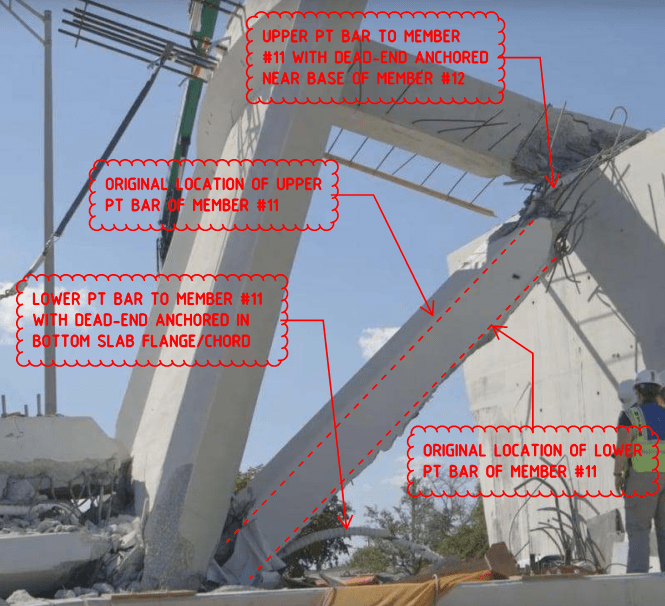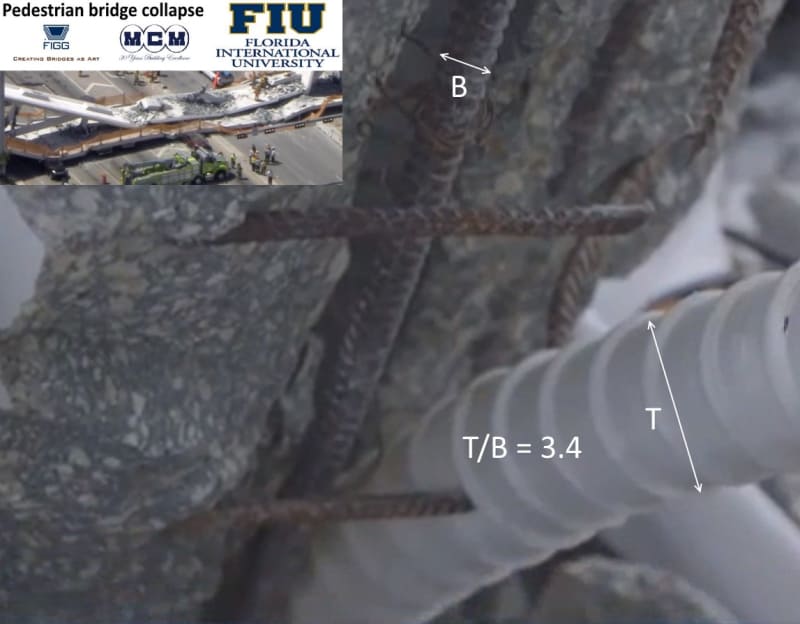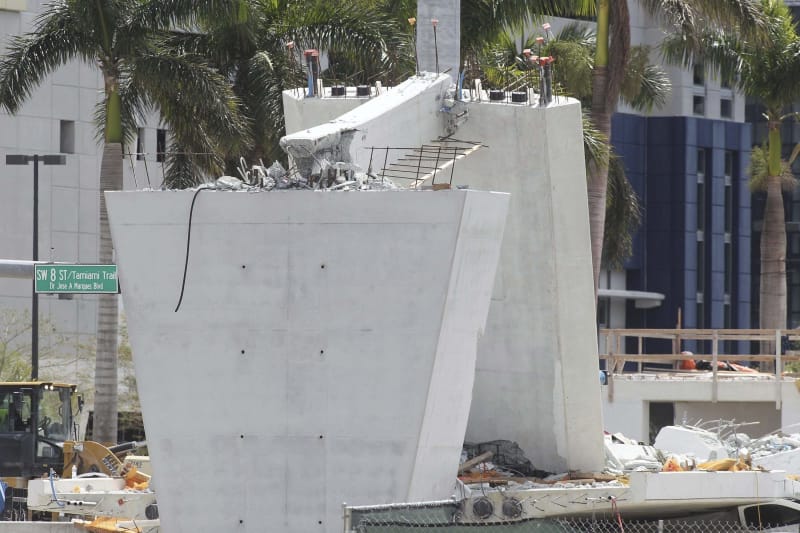bobwhite said:
Peter.
I modified the post upthread to accurately reflect slope.
Thanks! I modified my reply to your post too.
bobwhite said:
In any event we have no idea if diagonal #11 had 1% or 3% steel.
I didn't see that value explicitly stated in the engineers' drawings, admittedly.
However from the following photographs, I've got something of an idea by estimating that the rebar used is #7, diameter 0.875", area 0.6 square inches.
This image tells me that the ratio of the diameter of the rebar "B" to the diameter of the plastic duct "T" is about
T/B =3.4
and this image tells me that the ratio of the diameter of the P.T. bar "R" to the diameter of the plastic duct "T" is about
T/R = 1.7
and by substituting for T we can deduce
R/B = 2
meaning that the diameter of the P.T. bar is about twice the diameter of the rebar.
If the diameter of the P.T. bar is 1.75" throughout as per the engineering drawings then the diameter of the rebar is half that or 0.875", number #7 rebar.
The number of rebars is more difficult to estimate but we can get an idea by looking at this picture which shows the smashed bottom end of member #11 with the exposed ends of the rebars and ties sticking up in the air now -
- by assuming that the ties are #4 (0.5" diameter) bar as per the engineering drawings and trying to count the 0.875" rebars we can see on one side and doubling up to get the total number of rebars, while not miscounting a 0.5" diameter tie as a 0.875" diameter rebar.
Unfortunately, there is not enough resolution in the photograph to be sure of what is a rebar and what is a tie.
What would help would be new high resolution photographs of that exposed end of member #11. If all the bars we can see sticking out are 0.875" diameter rebars then there is maybe more than the 10 I assumed.
bobwhite said:
And yes about 2000 kips is correct for the equation you used.
Thanks again bob.
bobwhite said:
But let's talk about AASHTO equations
Do you have a reference link and page number for those equations?
bobwhite said:
... realistic Aps of 1.75" dia rods ...
... - 2(2.41))..
The P.T. bars are loose in a 3" diameter plastic duct with an area of 7" square inches each. So you have to subtract the area of the ducts from the area of concrete, not just the area of the P.T. bars. That's why I have "-14" in my equation and why you should have "-14" in your equation too.

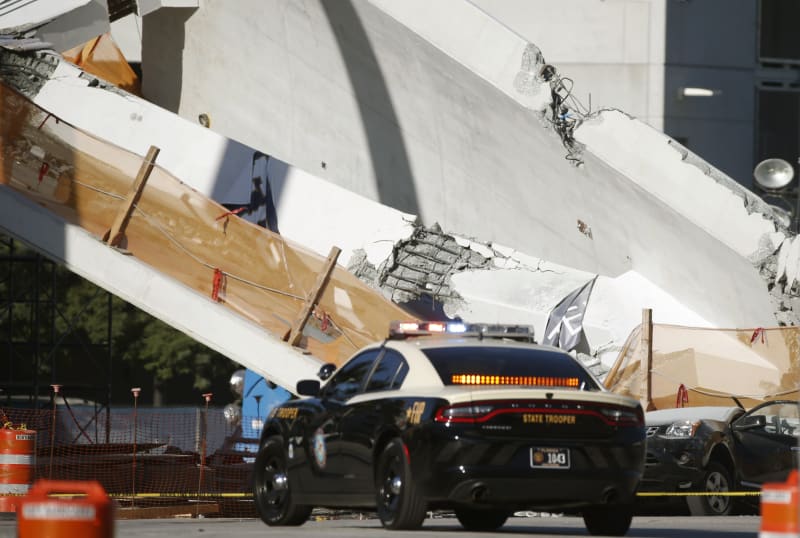
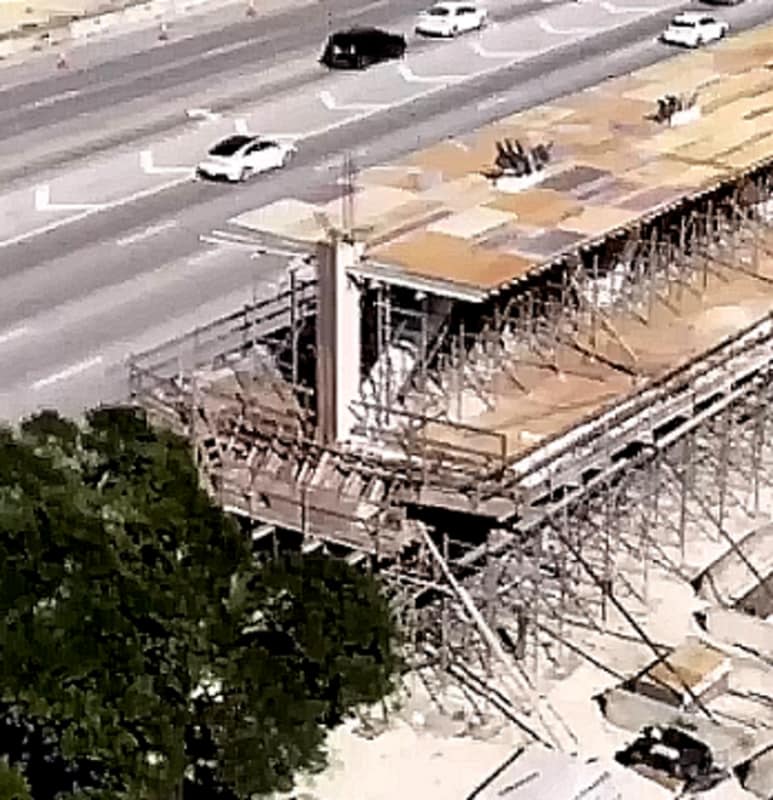
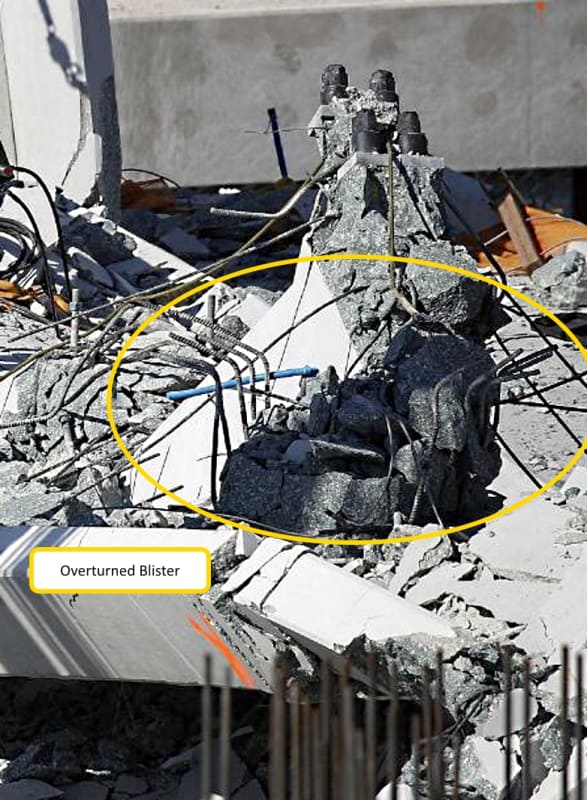
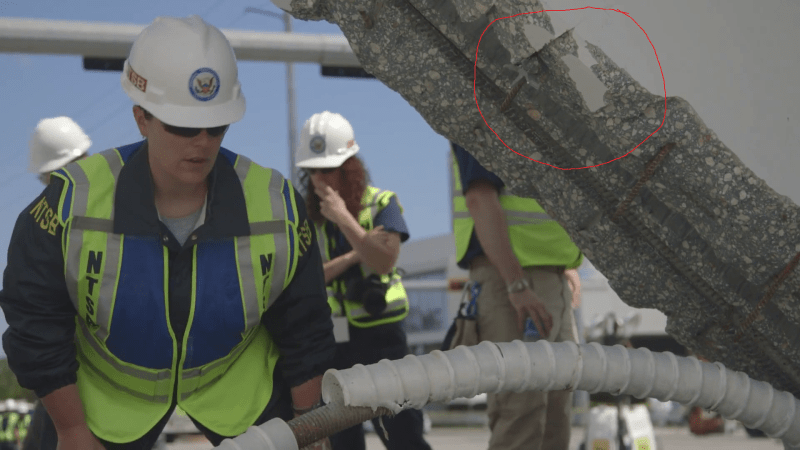
![[glasses] [glasses] [glasses]](/data/assets/smilies/glasses.gif)


